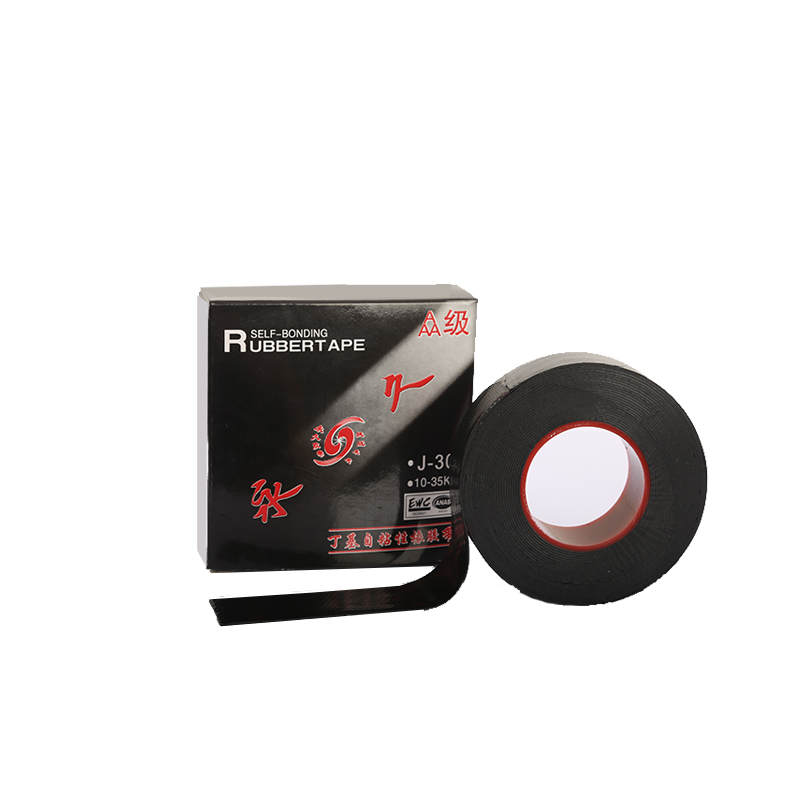Understanding Fire Retardant Drywall Tape A Key for Safety and Durability
In the construction and remodeling industry, safety and durability are paramount concerns, especially when it comes to protecting buildings from fire hazards. One crucial component often overlooked is fire retardant drywall tape. This specialized tape is designed to enhance the fire resistance of drywall installations, providing an extra layer of safety for residential and commercial structures alike.
What is Fire Retardant Drywall Tape?
Fire retardant drywall tape is a specific type of tape used in the finishing process of drywall installations. Unlike regular drywall tape, which is primarily made of paper or fiberglass, fire retardant tape is treated with fire-resisting compounds. These compounds slow down the spread of fire and reduce smoke emissions, making them an essential choice for areas where fire safety is critical, such as kitchens, hallways, and multi-family dwellings.
The primary function of fire retardant drywall tape is to seal the seams between drywall sheets. This sealing helps to create a smooth finish and prepares the surface for painting or texturing. However, its importance goes beyond aesthetics. By using fire retardant tape, builders can enhance the overall fire rating of a wall assembly, contributing to safer environments for occupants.
How Fire Retardant Tape Works
Fire retardant drywall tape works by utilizing materials that inhibit combustion. When exposed to high temperatures, the tape's fire-retardant agents release gases that act as a protective barrier. This barrier slows down ignition and reduces the intensity of flames, allowing for valuable extra minutes for occupants to evacuate and for firefighters to respond.
Additionally, the tape can help prevent the spread of smoke and toxic fumes during a fire, further enhancing the safety of a building’s occupants. Given that smoke inhalation is one of the leading causes of death in house fires, the importance of using fire retardant materials cannot be overstated.
Benefits of Using Fire Retardant Drywall Tape
1. Enhanced Fire Safety The primary benefit is obvious—fire retardant drywall tape significantly improves the fire resistance of walls, which is vital for the safety of buildings and their occupants.
fire retardant drywall tape

2. Compliance with Building Codes Many local and national building codes require fire-resistant materials in specific applications. Using fire retardant drywall tape can help ensure compliance and avoid potential legal and financial repercussions.
3. Increased Property Value Buildings constructed or remodeled to include fire safety features often see increased property values. Homebuyers or commercial tenants are more likely to be attracted to properties that prioritize safety.
4. Peace of Mind Knowing that a property has enhanced fire safety measures can provide significant peace of mind to both builders and occupants. It fosters an environment where safety is prioritized.
Considerations When Using Fire Retardant Drywall Tape
While fire retardant drywall tape offers many benefits, it is essential to consider a few factors when using it
- Installation Proper installation is crucial to ensure the tape achieves its fire-retardant properties. Any gaps or poor sealing can negate its effectiveness.
- Compatibility Ensure the tape is compatible with the type of drywall and other materials used in the construction process.
- Cost While fire retardant drywall tape may be more expensive than standard drywall tape, the investment is often justified given the added safety and compliance benefits.
Conclusion
In conclusion, fire retardant drywall tape is a vital component in the overall strategy of fire safety within buildings. By using this specialized tape, builders can enhance the fire resistance of drywall installations, ensuring compliance with safety regulations, increasing property value, and providing peace of mind to occupants. As fire safety continues to be a critical issue in construction, incorporating fire retardant materials like drywall tape should be a top priority for anyone involved in building design and renovation. The added layer of protection is not just a smart decision—it's a necessary one.
-
Versatility with Tape Electrical InsulationNewsJun.09,2025
-
Floor Marking Tapes For WareHouseNewsJun.09,2025
-
Enhance Your Projects with PVC Electrical TapesNewsJun.09,2025
-
Enhance Your Projects with Automotive Wiring Harness TapeNewsJun.09,2025
-
Enhance Your Automotive Fabric TapesNewsJun.09,2025
-
Enhance Electrical Projects with Cambric TapeNewsJun.09,2025
